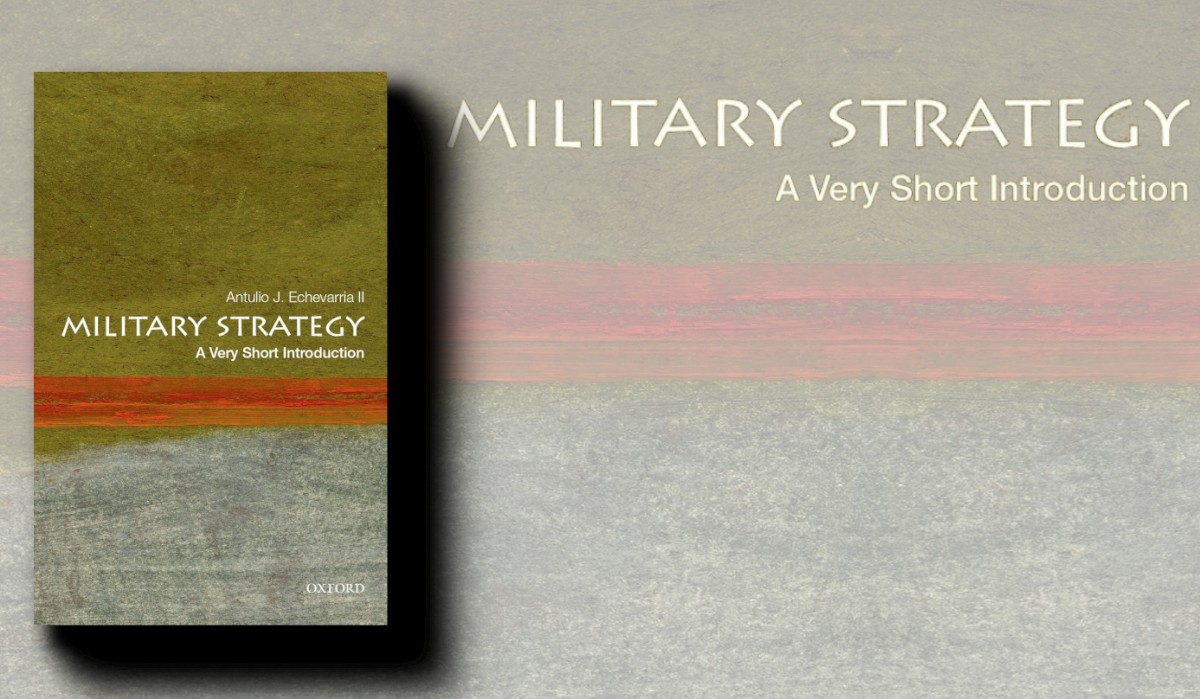I agree with Dr Palazzo’s pragmatic observation that considering warfare from the perspective of different Services in their own specialised dimensions or domains is unhelpful and inefficient. Warfare is more effective when undertaken as an integrated endeavour. Archers and cavalry in the Middle Ages were the preserve of specialist soldiers and, in the case of heavy cavalry, an expensive elite. However, it was only when they were combined and integrated with infantry under the command of a well-educated commander that battles were won. The strengths of one arm of a service, or a corps protected the weakness of another. On the modern battlefield, an air threat can cause land units to disperse, which makes them more vulnerable to enemy land units.
However, I think it is too early to suggest that ‘the only [dimension] that will greatly matter will be that of the land’. It is true that the majority of conflicts are fought and decided on land. This is where the population of nations is, and the easiest way to coerce adversaries is to threaten directly their populations with violence. We are also dependent on our lines of communication, and the majority of these use the sea as the cheapest means of communication. Anti-access and area denial (A2AD) are important in coastal regions and natural choke points on sea-lanes. The Straits of Hormuz, Malacca and Gibraltar are three important examples. While choke points are easy to close, the seas are vast and for a long time to come it will be relatively easy to hide in the oceans’ empty spaces. An adversary only needs to have a force in being to tie up at least the equivalent of his opponents. An adversary’s navy that has not been located is an area denial weapon.
Precision and range are important trends that the Australian Defence Force, and particularly the Army, should take notice of. I agree with Dr Palazzo’s assessment that land-based platforms could ‘attain such range and precision that they will be able to dominate theatre size battle spaces’. In addition, there is no reason that long-range precision strike should be the domain of either the Navy or the Air Force. However, while area denial will be a possibility, preventing navies and air forces projecting power will be stretch. If a military objective is important enough, enemy commanders will tolerate high levels of loss. In addition, enormous investment in area denial weapons could leave vulnerabilities in other areas. Neither, the Maginot Line nor the Atlantic Wall were able to stop a determined and imaginative aggressor during the Second World War.
In my mind, the requirement of precision and range in our future weapon systems will need improvement in our ability to locate, identify and prioritise targets, and our level of integration with the other Services. Precision strike is useless without reliable intelligence that allows accurate targeting of the enemy’s capabilities. This is not just a question of reconnaissance, but also the devolved command system that can allow weapons efficient weapon allocation to targets without undue risk of collateral damage. Both the US Army and the US Marine Corps were equipped with broadly similar weapon systems during the advance on Baghdad in 2003, but it was the Marine Corps’ command system and use of battlefield geometry that was better equipped to efficiently locate, process and prosecute target that were beyond the range of land-based weapons using airpower.
Improvements in precision and range will have important consequences for the Army. To exploit their potential, commensurate advances in communications and integration between the services will be required.



